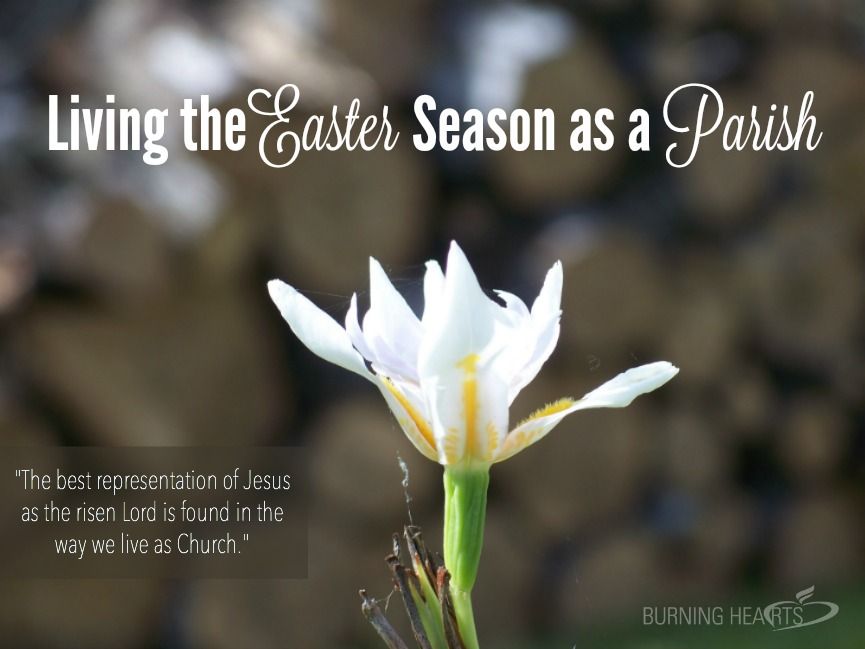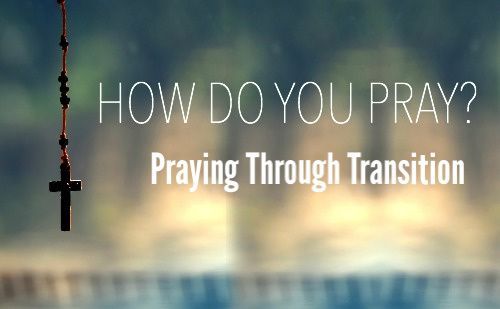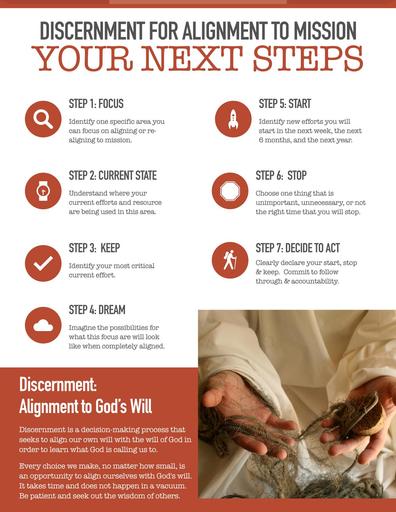The Making Disciples Today Blog has reflections to help you grow in your journey of missionary discipleship, reviews on recommended Catholic evangelization resources, and practical insight on how to evangelize in your daily life.
- Details
- Written by: Fr. Weber

Shortly after I was ordained, I was asked to give a tour of our parish church to an interdenominational group. A woman stopped me and asked, “Don’t Catholics believe in the resurrection of Jesus?” I assured that we not only believed, but that that doctrine is central to our understanding of salvation.
At that, the woman pointed to the crucifix and added, “Then why do you still depict Jesus dying instead of having an empty cross?”
I admit that I was surprised by the woman’s assumption, but since then I have become grateful for her questioning. Having grown up Catholic and having looked at a lifetime of crucifixes, I had never found any contradiction in seeing Jesus on the Cross and believing that Jesus rose from the dead.
- Details
- Written by: Katherine Reay

I have to be honest, I've been struggling with prayer lately. Well, if I'm REALLY honest, I've been struggling for the last 4 + 1/2 years. I don’t hear Him like I used to. I don’t feel as close to His heart. My Holy Spirit flags are not flying as high. I'm mourning my spiritual life, as it was, before I became a mother.
I've spent the greater part of my adult life trying to deepen my faith. Trying to grow closer to the heart of God. The more time passed, the closer I grew. My faith even literally became my job. I became the Youth Minister at our parish, in those last years before I met My husband and became a mother. Living out, sharing, and teaching my Catholic faith was my JOB.
I worked in the same building as Jesus, who I could go and visit whenever I wanted. 1 on 1 prayer time in the chapel. I had countless opportunities to attend daily Mass. Attending retreats, hearing speakers, seeing God at work. I had never felt so close. Of course, it's much easier to focus on deepening a relationship when you only have you to worry about; and then came this thing called motherhood.
- Details
- Written by: Mike Nelson

Alongside our front porch is a patch of ground that, for much of the year, we struggle to keep the weeds out of. They grow, we pull them out, they come back, and on and on it goes. But within that patch are plants that lie dormant for much of the year, yet somehow spring back to life.
They are our calla lilies, plants whose green shoots spring determinedly from the ground and soon produce lovely white blooms that last, well, a few weeks or so. Then the flowers begin to shrivel and fade. The stems falter and the calla lilies, it would seem, die— until the following year. They reappear, to again share their God-given beauty with the world.
That bears consideration during this Easter season, a season that, we are told year after year, is one of hope, of promise, of new life. Given the challenges and obstacles and even hardships that life presents in varying sizes and degrees, that message can be difficult to hear, much less accept.
- Details
- Written by: Kristin Bird

What can monastery life can teach us about how to thrive during "social distancing"?
We reached out to some retreat masters, monks, and monasteries of the Catholic tradition for their wisdom on how to handle isolation and social distancing.
These folks - who have intentionally chosen varying levels of isolation and distancing for a variety of reasons - had some incredibly helpful insights for those of us who are struggling with (and didn't choose) this life we're finding ourselves living today.

